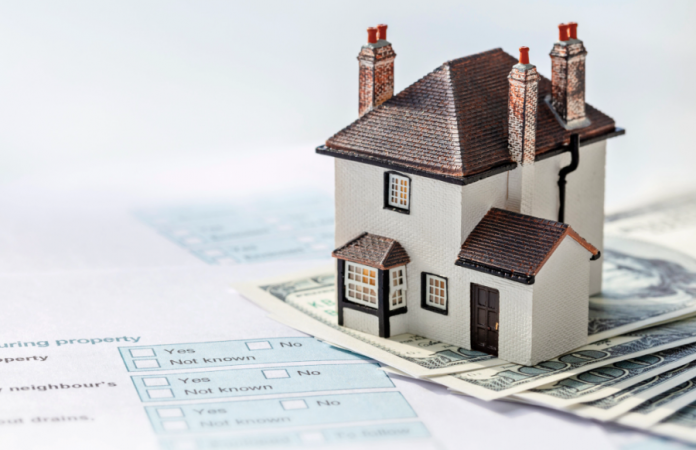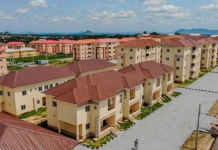Real estate trends refer to the patterns and changes that occur in the real estate market. These trends can include changes in property values, the types of properties that are in demand, and the geographic locations that are popular for buyers and investors. Real estate trends can be influenced by a variety of factors, including economic conditions, demographic changes, and government policies.
Some common real estate trends include the rising or falling of home prices, the increasing or decreasing popularity of certain neighborhoods or cities, and the emergence of new building technologies or design styles. Understanding real estate trends can help buyers, sellers, and investors make informed decisions about the real estate market.
Before we go into what these trends are, it is important to have a recap on what real estate refers to.
What is Real Estate?
Real estate refers to land, buildings, and any other structures that are permanently attached to it. It also includes any natural resources, such as minerals or water, that are on or beneath the land. People can buy, sell, and own real estate, and it can be used for a variety of purposes, such as living, working, and recreational activities. Real estate can be classified into different categories, including residential, commercial, and industrial, based on how it is used. Residential real estate includes homes and apartments that people live in, while commercial real estate includes buildings and properties that are used for business purposes, such as offices, stores, and hotels. Industrial real estate includes properties that are used for manufacturing and other types of industrial activities.
Real Estate Trends to Look out for in 2024
The luxury real estate market has made tremendous progress and is predicted to expand quickly in 2024. The luxury real estate market serves a certain type of clientele and exhibits distinctive trends that set it apart from the rest of the industry. Among them are;
1. Quality of homes
It’s difficult to predict exactly what the future trend for the quality of homes will be, as it will depend on a variety of factors such as economic conditions, technological advancements, and changing consumer preferences. However, we may see a continued increase in demand for homes that are energy-efficient and have smart home technology.
As concerns about the environment and energy costs continue to grow, more and more people will likely be looking for homes that are built with energy-saving features and materials, and that are equipped with smart technology. Additionally, it’s possible that we will see the development of new building materials and technologies that can help to improve the quality and durability of homes. It’s also possible that there will be a greater focus on designing homes that are more adaptable and flexible so that they can better meet the changing needs of homeowners over time.
Looking for Quality Homes? – Check properties here
2. Amenities
A preference for gated communities with top-notch amenities has emerged, including an outdoor gym, jogging track, multipurpose games court, amphitheater-style sit-out, swimming pool with kid-specific wading pools, steam room, rooftop yoga deck, biodiversity zone, mini-theatre, banquet lawn, and rooftop barbecue area, to name a few. Homes that offer a luxurious lifestyle and guarantee general wellbeing are in high demand.
As concerns about the environment and energy costs have grown, more and more people have been looking for homes that are built with energy-saving features and materials. This can include things like solar panels, insulation, and energy-efficient appliances. Another trend that has been noted is the growing popularity of smart home technology. Many people are now looking for homes that are equipped with smart thermostats, security systems, and other types of technology that can make their lives easier and more convenient.
3. Availability of Infrastructure
In order to save time and boost convenience, homebuyers tend to avoid long commutes and prefer to live close to superior infrastructure, such as large roads, malls, business areas, airports, and train stations.
4. Sustainable Design and Proximity to Nature
Sustainable design ideas are gaining popularity as people become more aware of climatic changes. Strong planning and a readiness to accept and experiment with the newest technology are both necessary for new buildings to be as sustainable as feasible.
5. Virtual Staging becomes more relevant:
Property staging, also known as home staging or real estate staging, is the practice of preparing a property for sale in the real estate market. The goal of property staging is to make the home more appealing to potential buyers, showcasing its features and maximizing its perceived value. This is typically done by arranging and decorating the space in a way that highlights its strengths and minimizes any weaknesses.
Virtual staging
Virtual staging is a technique used in real estate where digital tools and technology are employed to enhance the visual appeal of a property by virtually furnishing and decorating its interior spaces. Unlike traditional staging, which involves physically arranging furniture and decor in a property, virtual staging is done through computer-generated images. Virtual staging saves time and cost. It is more efficient for online real estate marketing.
Conclusion
The luxury market has experienced amazing development over the previous couple of years, with a lack of anticipated indicators of a slowdown in demand, thanks to the aforementioned elements as well as a number of other variables. The mood is still positive, and the data indicate that in the upcoming months, sales volumes may potentially surpass all prior highs.









